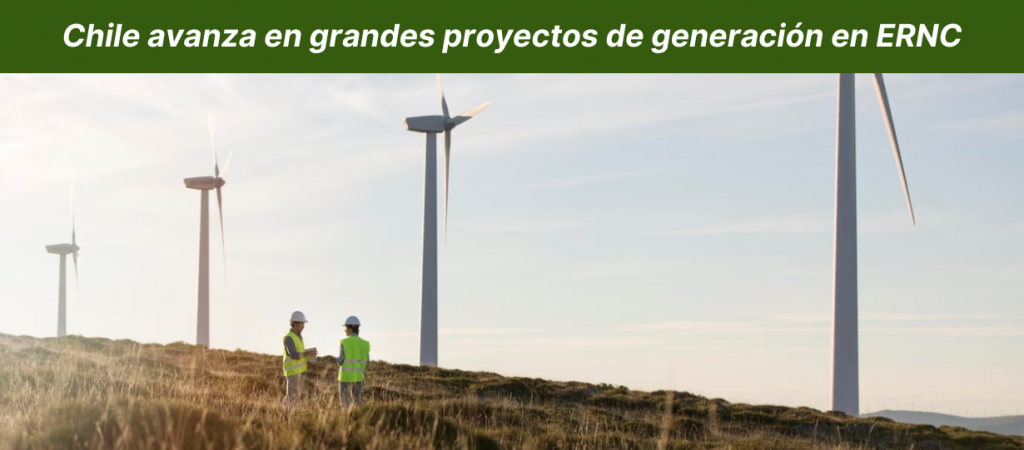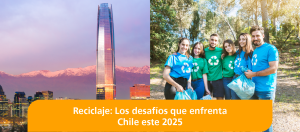
In 2002, the Coquimbo region achieved 94% of generation with renewable sources, which consolidates this region as one of the most sustainable areas of the country in energy terms, aligning with the objectives set out in the Energy Agenda, the decarbonization goals of the matrix and carbon-neutrality by the year 2050.
Continuing with this trend, this 2023 is shaping up to be a key year in terms of the new renewable generation capacity that will be incorporated from this region into the National Electric System (SEN), according to the estimates and projections of the project developers, with an investment of US$377 million.
This reality extends to the entire country and accounts for the increasing incorporation of ERNC sources into the energy matrix, a scenario that is complemented by the fulfillment of the goals set at the national level with respect to promoting the development of this type of energy for thus leaving conventional coal-fired generation behind.
However, and despite the fact that this industry is a great contribution in terms of environmental sustainability for Chile, it does not escape the reality of generating hazardous industrial waste during the production process, which implies that it must act responsibly in accordance with the current law implementing proper management and treatment of the industrial waste it generates.
To meet this need, at Hidronor we have positioned ourselves as a strategic environmental partner that provides services for the management, treatment and safe disposal of hazardous and non-hazardous industrial waste, as well as recycling and revaluation of waste, among others.
In detail, we extract the maximum benefit from each waste through the revaluation of some of them, such as the residual oils generated by these plants to produce alternative fuel that is later used by other industries (such as cement), and the used batteries that They are used to manufacture new units or, failing that, their materials are reused as raw material for other processes, reinserting them once again in the production and consumption chain.
However, we also have the capacity to recycle photovoltaic panels and the necessary capacity and experience to do industrial cleaning of the containers used in the production processes so that they can be reused up to six times before being safely disposed of. which contributes to the reduction of the material that finally ends up in security deposits.







